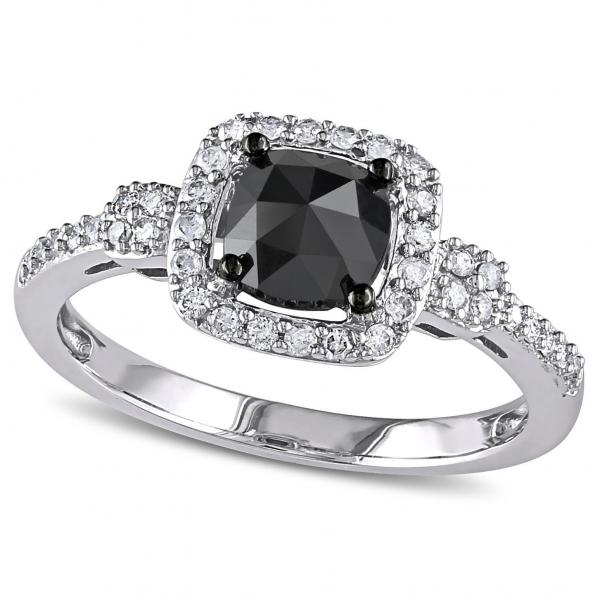
Black Diamond Engagement Rings: Edgy and Unconventional
Looking for a bold, stylish, unconventional engagement ring? Something out of the ordinary? If so, then consider a black diamond engagement ring.
The definition of elegance and chic, black is fashion’s favorite color. So it should come as no surprise that black diamond engagement rings have emerged as one of the hottest wedding ring trends among “it” girls in recent years, according to TheKnot.com. Let’s not forget that Mr. Big proposed to Carrie Bradshaw with a a five-carat black diamond ring set in 18-karat white gold in the 2010 movie Sex and the City 2, which launched these unique gemstones further into fame. They got more media attention when Carmen Electra and tattoo artist Kat Von D showed off their black diamond engagement rings a couple of years later. Interest for colored diamond rings continues to grow.
Black diamonds are also a good choice for those on a budget, since they tend to cost less than traditional white diamonds. They’re also very versatile. Like TheKnot.com said: “Whether surrounded by a halo of smaller white diamonds, the dazzling center stone of a solitaire ring setting or a more subtle accent stone in a wedding band, there’s a black diamond ring style for everyone.”
What do they symbolize?
Black diamonds definitely have a deep significant to them. Just as regular diamonds have symbolized eternal love, making them the preferred stone for engagement rings, black diamonds are also real diamonds, so they possess the same characteristics as white diamonds. Also, “due to the intense, color that sets them apart from white diamonds, black diamonds are also associated with passionate love and strength,” TheKnot.com said.
According to the Gemological Institute of America (GIA), natural-color black diamonds are now prized as “fancy blacks,” but they were historically held in low regard. GIA explained, “Consumers had little interest in black diamonds until the late 20th century, when designers started using them in jewelry, especially contrasting them with tiny colorless diamonds in pavé settings.”
Color
Most of the black diamonds sold for jewelry and engagement rings have been treated to induce the color. GIA explained: “Many begin as gray, heavily included and fractured diamonds that are subjected to high-temperature/low-pressure treatment, which graphitizes the fractures, turning them black. Artificial irradiation of off-color diamonds can also produce a green so dark the diamond appears black.”
GIA also noted that a majority of naturally colored black diamonds get their color from “large quantities or clouds of minute mineral inclusions such as graphite, pyrite or hematite that extend throughout the stone. These diamonds may also have numerous cleavages or fractures that are stained black or have become black because of graphitization. It is the concentrations of these internal features that are responsible for the coloration.” The actual color of a natural black diamond can range from near-colorless to brown or “olive” green.
Natural-color black diamonds are also typically completely opaque and have a luster that gives them an almost metallic look. Cutting and polishing them can be difficult. A black diamond’s composition is such that it could contain hundreds if not thousands of microscopic fractures, which makes them also more vulnerable to breakage and damage than colorless diamonds.

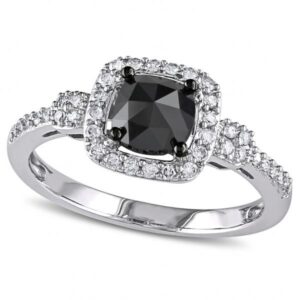
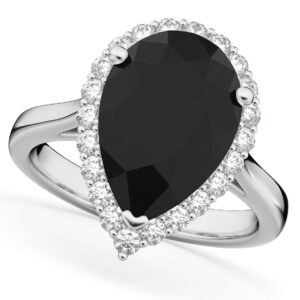
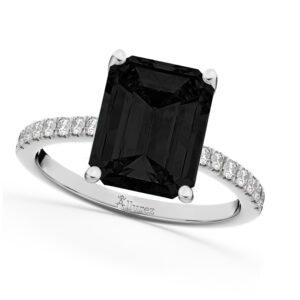

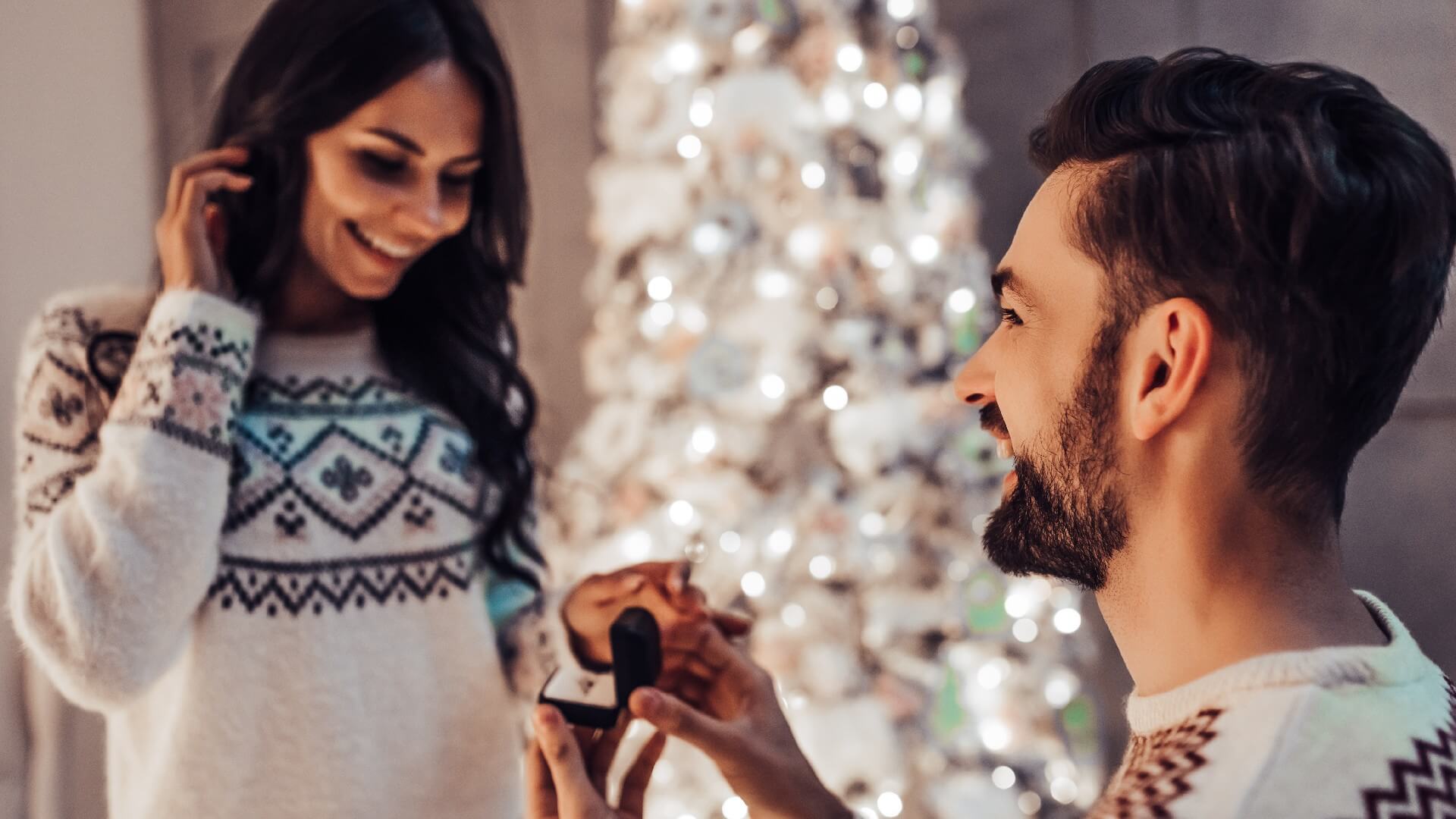
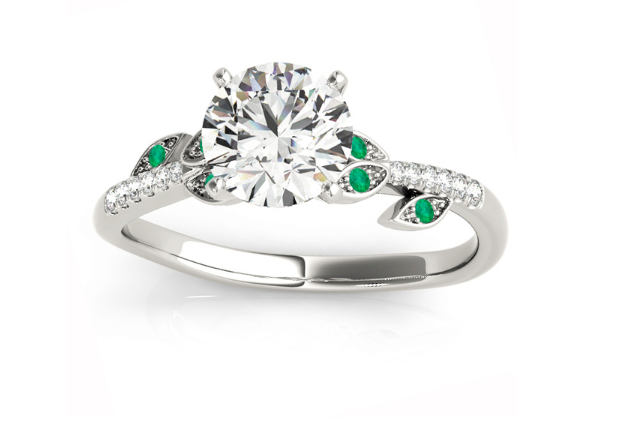
POST COMMENT